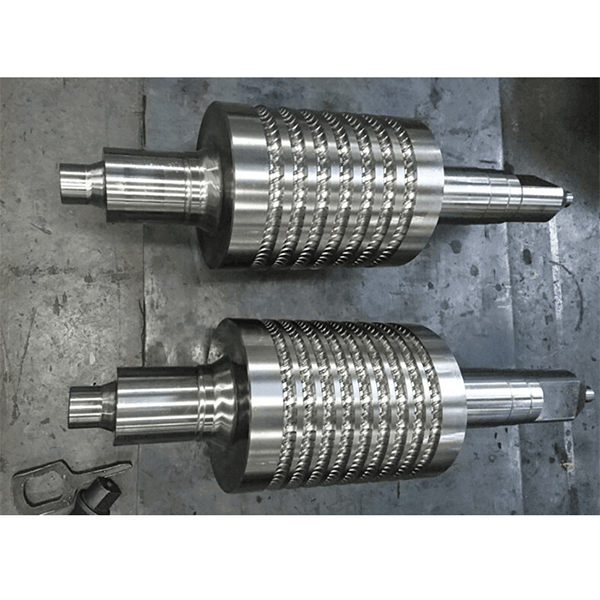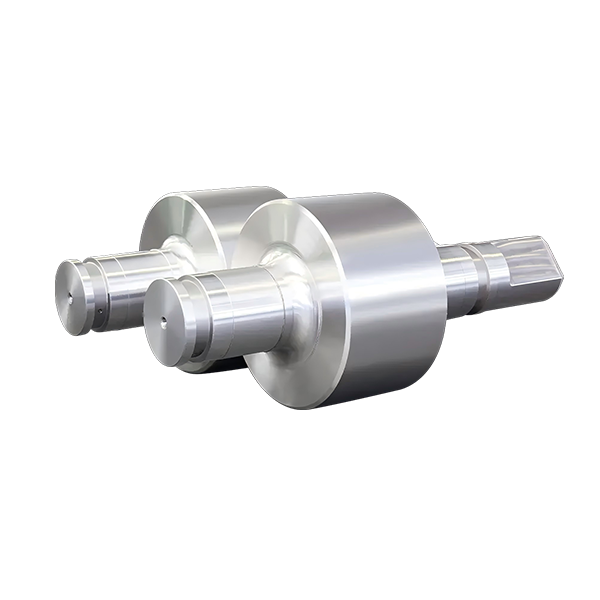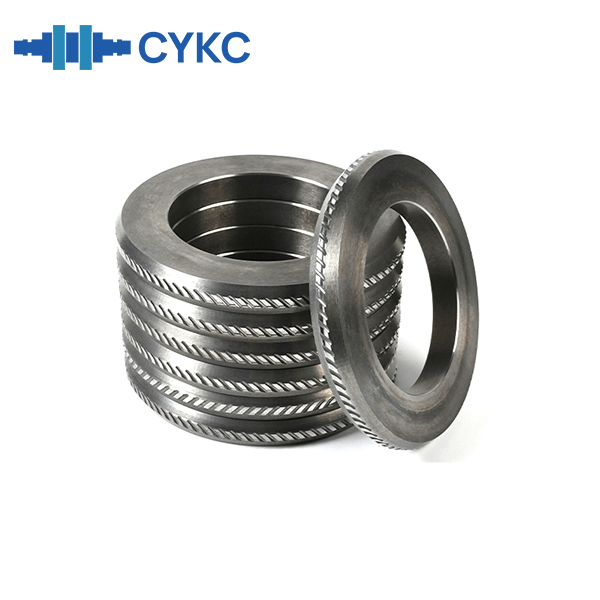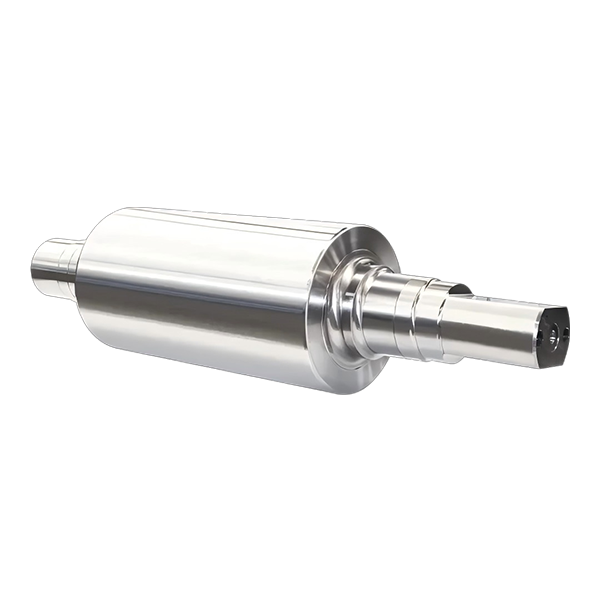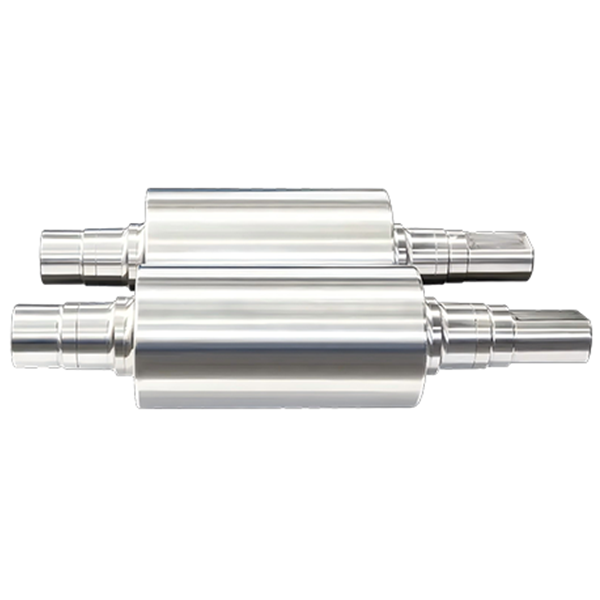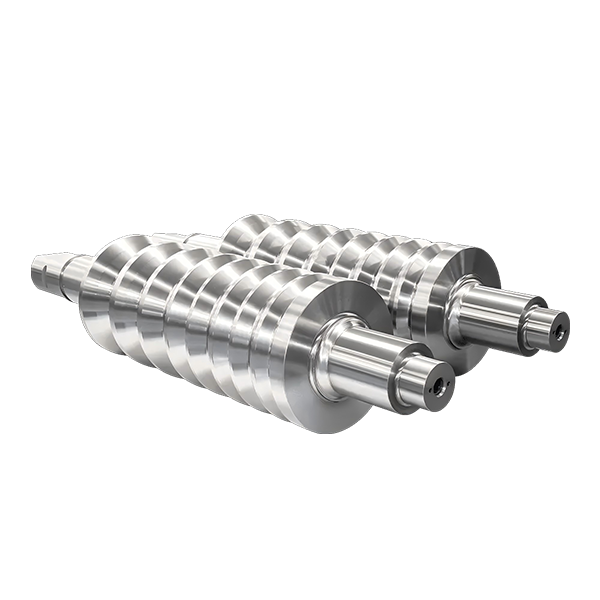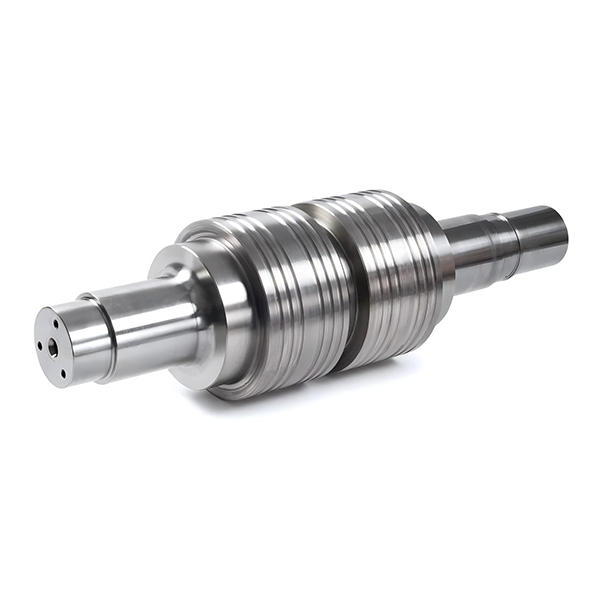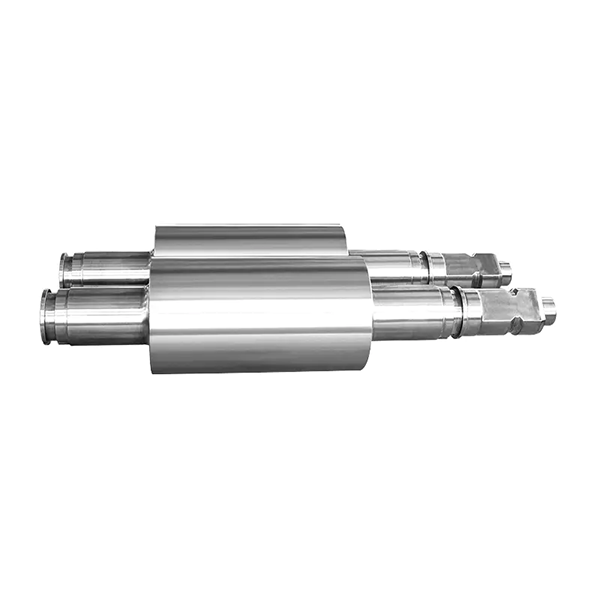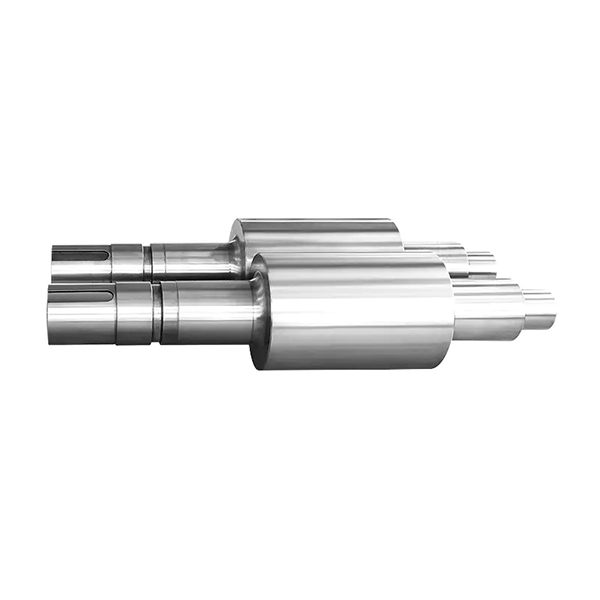Rolling mill rolls are essential components in steel production. They directly deform steel billets under pressure, playing a vital role in shaping steel to meet quality standards. However, rolls operate under harsh conditions—high temperature, heavy load, thermal shock, and iron oxide scaling—making wear, cracks, and failures common.
To reduce roll consumption and operating costs, steel plants must optimize rolling processes, cooling systems, and roll material selection. This article focuses on practical process improvements that enhance roll life and production efficiency.
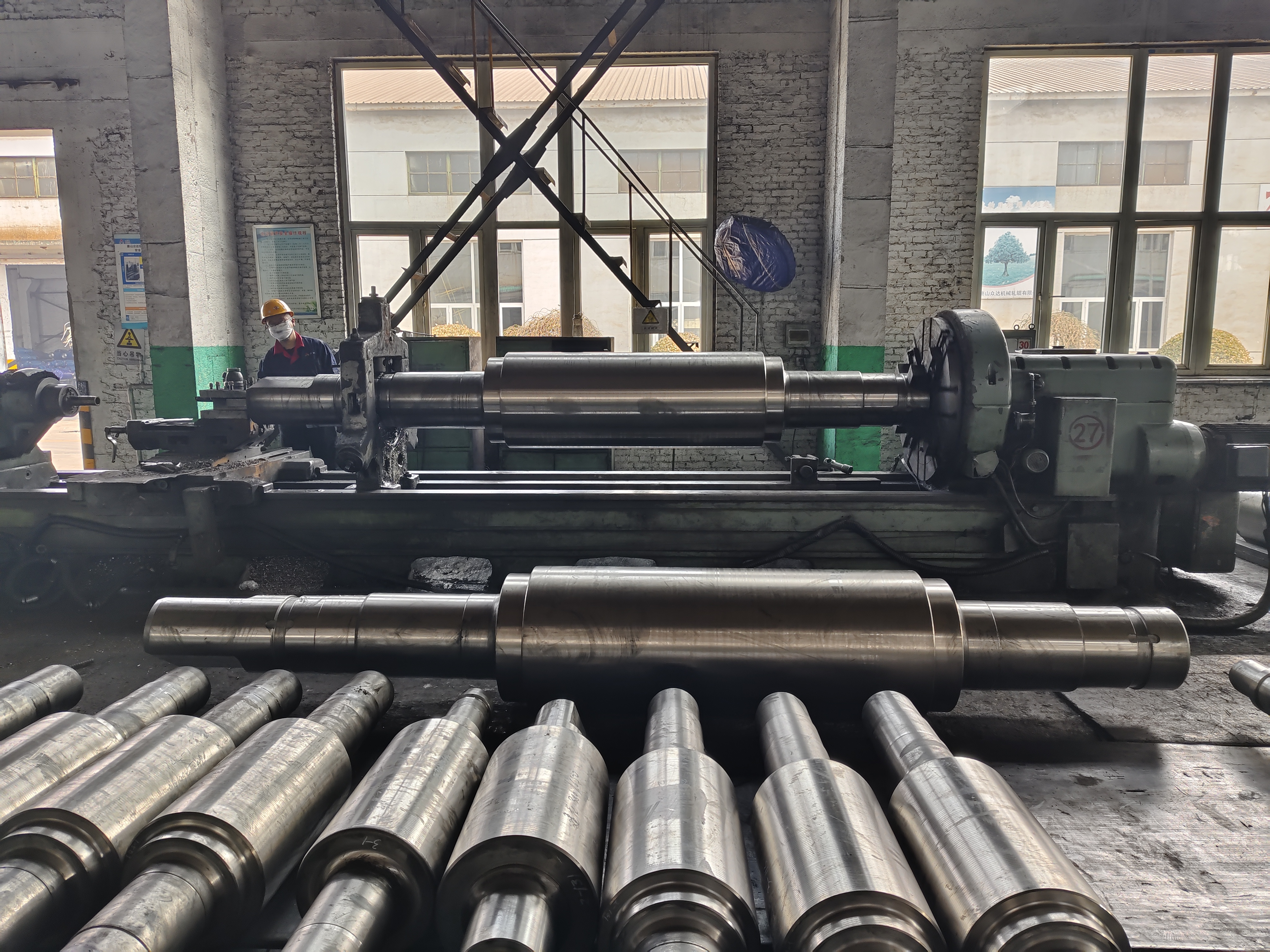
1. Importance of Extending Roll Life
Rolls are high-consumption, high-cost items in steel mills. Frequent replacements lead to downtime, increased costs, and production inefficiency. Establishing a complete roll management system helps track each roll’s usage, plan regrinding, and ensure proper roll pairing. Benefits include:
Reduced roll fatigue.
Longer roll service life.
Fewer abnormal replacements
Improved mill productivity.
Lower production costs.
Key roll management practices:
Assign dedicated roll managers.
Track storage, usage, cracks, and downtime.
Ensure each roll's performance is optimized across its lifecycle.
2. Common Problems in Rolling Mill Rolls
2.1 Irregular Spalling in Groove Center
High copper content in groove areas lowers melting points, causing cracks during heating. Micro-cracks grow rapidly, leading to larger defects and irregular spalling, especially in narrow hot strip rolling.
2.2 Roll Ring Cracking
Roll rings experience tangential tensile stress from assembly and thermal loads. If only a single material is used or local stress is high, cracking and spalling can occur.
2.3 Pitting in Groove Surface
Pits or "rough spots" are surface defects often caused by:
Oxide scale or worn-out pass holes.
Steel billet surface oxidation.
Roll corrosion.
Fractured oxide breaking off under rolling pressure.
2.4 Roll Fracture
Rolls can fracture due to impact, tail flick, or steel jamming. These cause surface and internal cracks, reducing roll lifespan and threatening mill operation.
3. Root Cause Analysis
Key causes of roll failures include:
Operator error.
Poor cooling system.
Inappropriate material selection.
Improper process parameters.
Presence of brittle inclusions (e.g., SiO₂, Al₂O₃).
Improper cooling causes large temperature differences, increasing thermal stress and reducing wear resistance. Brittle inclusions in steel (sharp-edged oxides) damage roll surfaces, accelerating fatigue and wear.
4. Process Measures to Extend Roll Life
4.1 Cooling System Optimization
Efficient roll cooling is critical. Upgraded cooling devices include dual-loop systems with axial nozzles and elliptical water slits for precise, localized cooling—especially at roll wedge regions. Key practices:
Use >3500 L/h flow rate.
Keep water pressure under 0.8 MPa.
Control temperature between 40–60°C.
4.2 Water Supply System Improvement
Implement variable-speed pumps and shift from low-turbidity to mid-turbidity water supply. Automatically adjust pressure to enhance cooling stability.
4.3 Groove Design Optimization
In hot narrow strip mills, redesign groove shapes (e.g., straight-bottom profiles with forced expansion) to manage material flow and reduce deformation issues. Adjust groove angles and depth for each pass.
4.4 Roll Material Optimization
Widen roll rings (e.g., from 7.8mm to 10.8mm) and increase groove pitch for improved fatigue resistance. Select materials based on steel type and rolling load to avoid early failure.
4.5 Automated Thickness Control (AGC)
Use AGC systems with hydraulic adjustments for high-precision control of roll gap, force, and speed. This improves consistency and avoids thickness variation during rolling.
4.6 Prevent Operator Misuse
Train operators to:
Avoid roll-guide contact.
Ensure cooling is on before rolling.
Remove steel wrap only after cooling.
Trim blackheads from billets.
Control material shape precisely.
4.7 Proper Regrinding Depth
Ensure deep-enough roll regrinding (e.g., 600 mm for narrow strip rolls) to eliminate cracks. Incomplete removal of damaged areas leads to fast deterioration during reuse.
Conclusion
Improving rolling processes and equipment can significantly extend roll service life. By upgrading cooling systems, optimizing groove and material design, and applying automated control systems, steel plants can reduce roll consumption, improve surface quality, and boost production efficiency.
Proper roll maintenance and operator training also play crucial roles. A well-managed rolling operation not only saves costs but also enhances steel quality and plant competitiveness.


